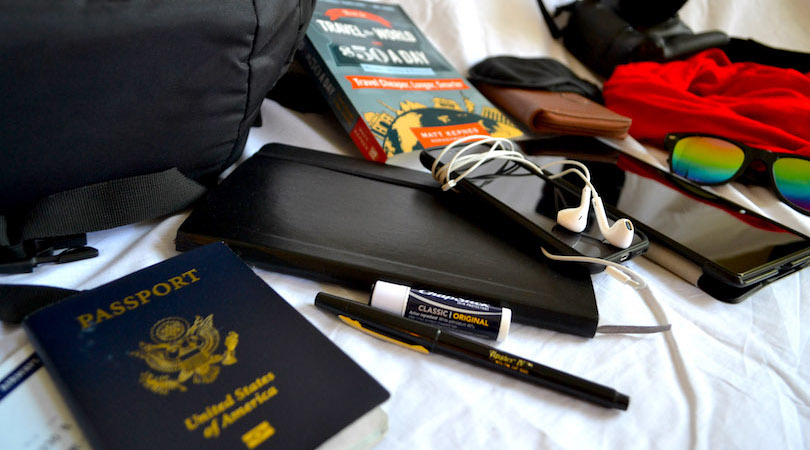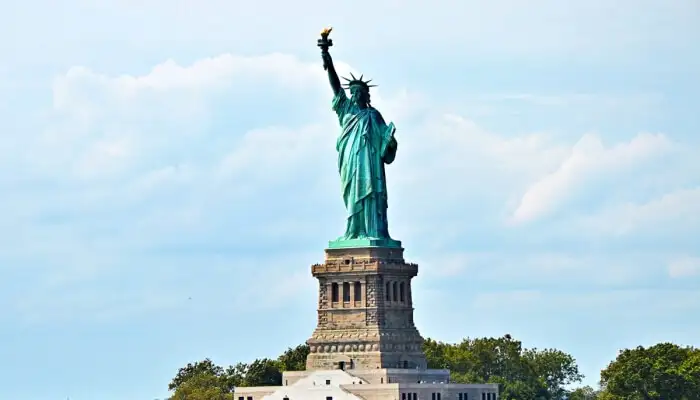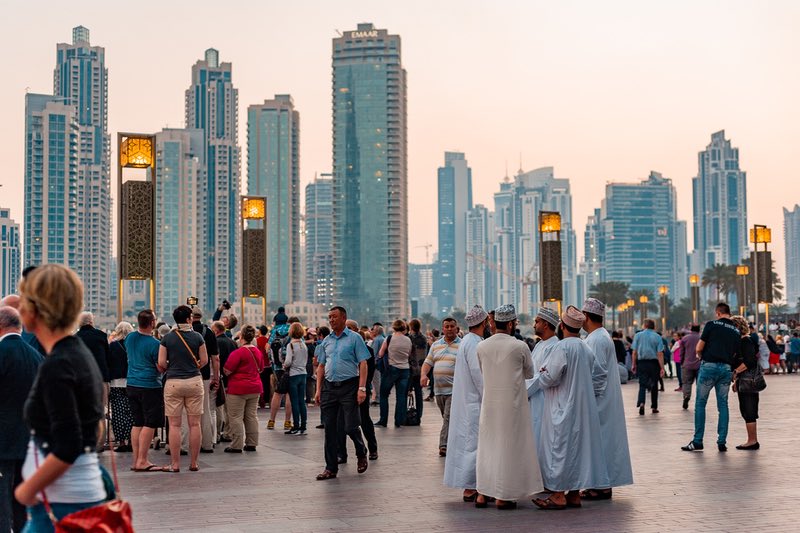After more than a decade of traveling the world, my packing habits have evolved significantly. When I first started back in 2006, I had no idea what I was doing. Over the years, I’ve traveled with everything from oversized duffel bags to 60L backpacks, 30L packs, and simple carry-ons. My packing style has also adapted as I began carrying more blogging gear, but most importantly, I’ve learned a lot about what you actually need to bring on a trip.
Now, I’m here to share what I’ve learned about packing smart and light.
What should you pack for your trip?
The honest answer: as little as possible.
It’s a bit of a travel cliché, but the truth is, the more I travel, the more I realize that I don’t need to bring nearly as much as I once thought. Packing light not only saves you from lugging around heavy bags but also makes the entire journey easier and more enjoyable.
Here’s what I do: I write down everything I think I’ll need—and then I cut that list in half. Every item has to earn its place in my bag by answering this one simple question: Will I really use this enough to justify its weight? More often than not, the answer is no.
I take only the essentials, and if I end up needing something I didn’t pack, it’s easy enough to buy it while on the road. It’s not difficult to find medicine, clothes, or an umbrella overseas, no matter where you are.
Whenever possible, I try to stick to a similar climate throughout my travels. This means I don’t need to pack different types of clothing for varying weather conditions. I definitely don’t want to be hauling around bulky sweaters if I’m headed to Thailand! Of course, plans can change, and if I find myself in a colder location, I’ll just pick up a light jacket or sweater, keep it until it’s no longer needed, and pass it on to someone else.
Another packing hack? Laundry. Instead of packing enough clothes to last for weeks, I carry about 7-10 days’ worth and then wash them. It’s easier than you think to find laundry services while traveling, and it means you don’t have to overload your suitcase.
What exactly should you pack?
Here’s a more detailed list of what I typically bring, but remember to adjust it based on your own needs:
(Note: This list assumes you’re traveling to a non-winter climate. If you’re headed somewhere cold, you’ll need to tweak it.)
1. Gear
- Laptop – Essential for bloggers or remote workers.
- Smartphone – Your go-to for navigation, communication, and entertainment.
- Universal power adapter/converter – A must if you’re hopping between countries with different plug types.
- External battery/portable charger – Because finding a charging point can sometimes be tricky.
- Kindle – Great for avid readers who don’t want to carry heavy books.
- Camera – If you want better quality photos than what your phone can provide.
2. Clothes
- 5 t-shirts – Light and versatile.
- 1 long-sleeved t-shirt – For cooler evenings or more conservative areas.
- 1 pair of jeans – Heavy and not the easiest to dry, but I wear them a lot. You could swap these for khakis if you prefer.
- 1 pair of shorts – For warmer climates.
- 7 pairs of underwear – Enough to last a week between laundry days.
- 1 bathing suit – You never know when you’ll want to take a dip.
- 1 pair of flip-flops – Perfect for the beach, hostel showers, or casual wear.
- 1 pair of sneakers – Comfortable for walking around.
- 8 pairs of socks – I always seem to lose socks, so I pack a few extras.
- 1 pair of dress shoes – Optional, depending on your destination and plans. I bring them when I’m visiting friends or going somewhere with a dress code.
- 1 dress shirt – For nicer dinners or events.
- 1 pair of black dress socks – Just in case you need to look a little more formal.
3. Toiletries
- Toothbrush and toothpaste – Basic hygiene essentials.
- Dental floss – Often overlooked but important!
- Deodorant – Trust me, you don’t want to forget this.
- Razor – For grooming on the go.
- Small bottle of shampoo and shower gel – Hotels and hostels don’t always provide these.
- Towel – A lightweight travel towel is perfect. Always pack a towel!
4. Small Medical Kit
- Band-Aids – For those unexpected scrapes.
- Hydrocortisone cream – Helps with itching or skin irritations.
- Antibacterial cream – To treat minor cuts.
- Eye drops – Especially useful if you’re traveling through dusty or dry environments.
- Tylenol – For headaches or minor pain.
- Hand sanitizer – Handy for quick cleanups.
5. Miscellaneous
- Key or combination lock – Especially useful if you’re staying in hostels.
- Headlamp – It’s amazing how often this comes in handy, whether it’s for reading at night or finding your way in the dark.
- Ziplock bags – Great for keeping electronics dry or separating dirty clothes.
- LifeStraw – A water filter for when clean drinking water isn’t available.
Pro Tip: Get a smaller backpack!
One of the best ways to avoid overpacking is to choose a smaller bag. There’s a natural tendency to want to fill empty space, so if you have a big bag, you’ll be tempted to bring more just to fill it up. A smaller bag forces you to only pack the essentials, making your trip lighter and less stressful. Trust me, it works.
This is my packing list, and over the years, I’ve found it works perfectly for me. I know some of you might be thinking, “What about X?” or “You really don’t need Y!” That’s totally fine! The beauty of packing is that it’s personal, and what works for one person might not work for another. Tailor your list to fit your own style and needs.
At the end of the day, the key takeaway is this: you really don’t need as much as you think when you travel. Less is more, and with a little planning and flexibility, you’ll find that packing light is the way to go.


